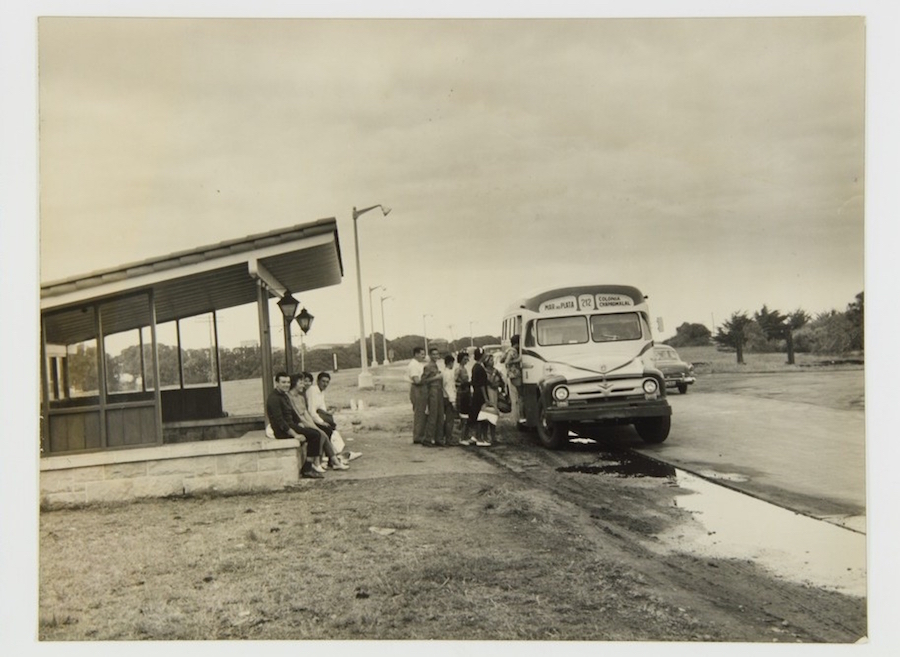Fotos de Familia
Foto

Linea 212 – Mar del Plata – Chapadmalal – 9 de febrero de 1962 – Enviada por Jorge Redondo

Linea 212 – Mar del Plata – Chapadmalal – 9 de febrero de 1962 – Enviada por Jorge Redondo
Inconfundibles las paradas de micros de la Unidad Turística de Chapadmalal que todavía se conservan. Muy buen material Sr. Redondo.
Un “Ford Ingles” como los de la Belgrano de Cincotta.
Si no recuerdo mal, motor Perkins.
¿Se sabe cual era la empresa prestataria de la Linea 212 al momento de esta foto? ¿Y que colores tenían los colectivos?. Muchas Gracias.
Leí que ya era Rápido del Sud, tenía la 221 y la 212. Y los colores eran un verde agua combinado con blanco. O sea el original de la empresa.
Una imagen similar fue publicada en el Diario el Mundo de Buenos Aires el 9 de Febrero de 1962,y está archivada en la British Library en su idioma original como:
“EAP638/1/1/82-Mar del Plata [1930s-60s]
Argentina,South America-Digitised by
Fundación Simón Rodríguez-Digitisation funded by
Endangered Archives Programme supported by Arcadia
Description: It is the Argentine most important sea-side resort. During the last decades of the 19th century the railways arrived and tourism started to flourish catering the upper class from Buenos Aires. Duringthe 1930s and definetly by the 1940s,both the middle sector and the working class spent their summer holidays in Mar del Plata.It still is the most visited seaside resport.Extent and format of original material: This envelope contains sub-envelopes on the port, traffic,tourists,courts,the villa “Vive como quieras” (“Live as you like,”and the Virgen de la Paz (Virgin of Peace). This envelope is a tampered envelope because it was intervened and altered by the original owner of the collection,Rafael Saiegh.